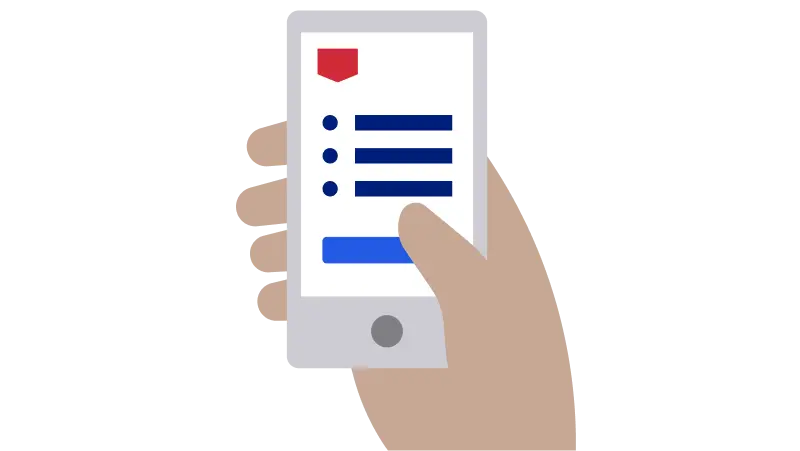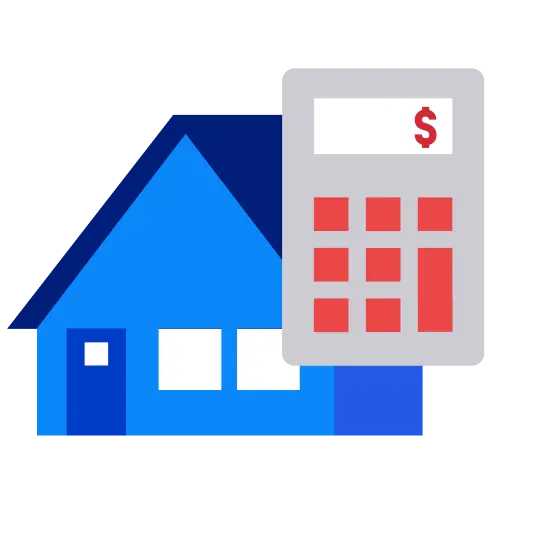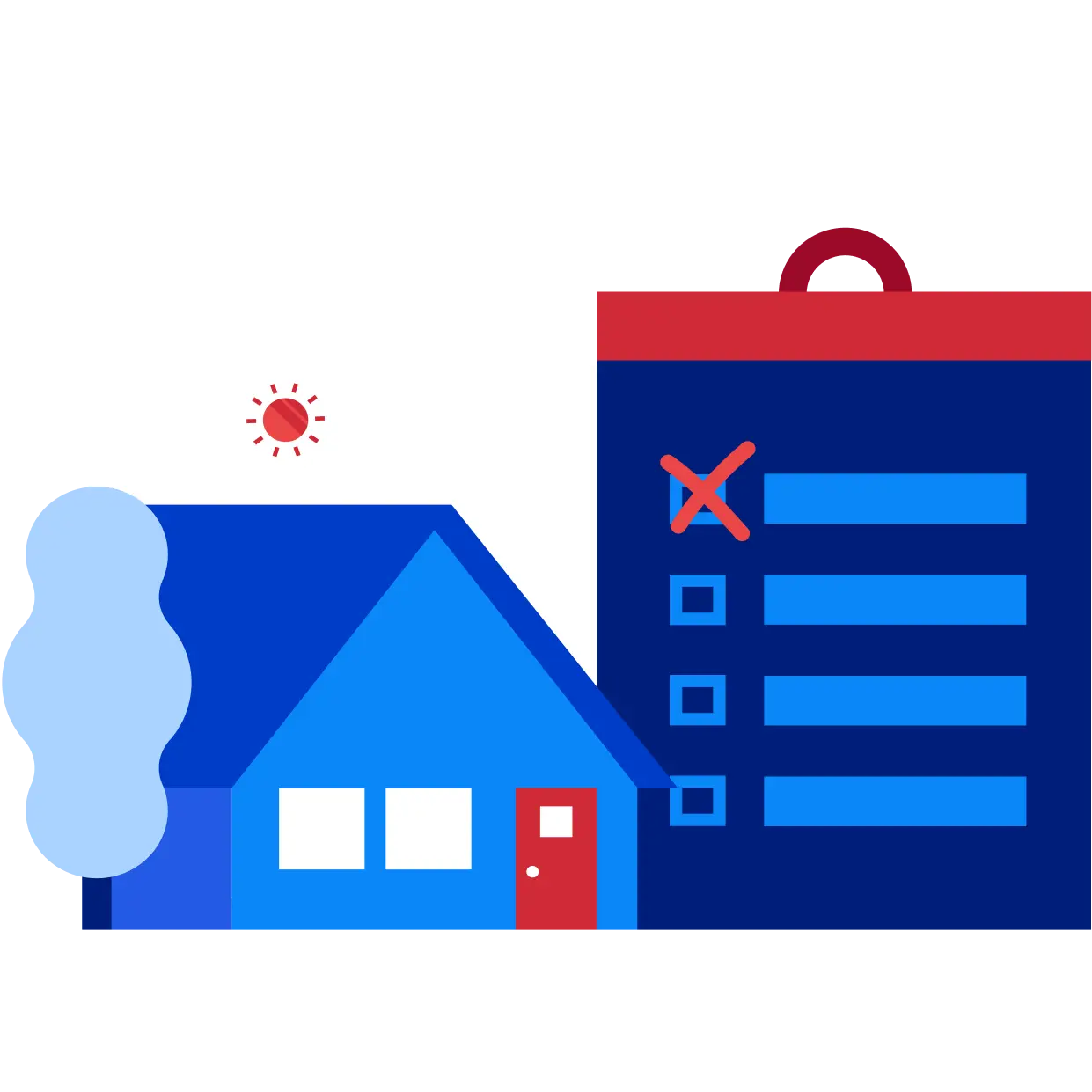Home improvements
For one-time home remodel projects, a home equity loan is a great option. Not only are you improving your home, you’re reinvesting the money back into your property.
1
See what you could borrow.
Use our home equity calculator to get an estimate of your monthly payment. Then see if you prequalify – all without impacting your credit score.
2
Apply online in minutes.
Our application is fast and easy. Just enter the amount you want to borrow and your property and contact information.
3
Close, and access your funds.
The time it takes to process your application can vary. If approved, your funds will be available within three business days after you close, with no closing costs.

A home equity loan is a one-time installment loan that lets you use the equity in your home as collateral. It’s sometimes referred to as a home equity installment loan or HELOAN for short. Home equity loans offer several benefits, including a fixed interest rate that may be lower than other types of loans, and a regular monthly payment. This gives you a predictable repayment schedule for the life of the loan, up to 30 years.
To qualify for a home equity loan, you’ll need a FICO score of 660 or higher. U.S. Bank also looks at factors including:
Want to learn more about credit scores? You can monitor your VantageScore® credit score from TransUnion® for free1 via the U.S. Bank Mobile App or online banking. (This score is for educational purposes and isn’t used by U.S. Bank to make credit decisions.)
The rates shown are the current national average. Enter your location details for rates in your area.
Rates shown for loans in the amount of $50,000 – $99,999 up to 60% loan to value (LTV), and for clients with automatic payments from a U.S. Bank personal checking or savings account with a FICO score of 730 or higher.2 Rates may vary by region and are subject to change.
U.S. Bank currently doesn’t offer home equity products in your location. An alternative option, cash-out refinance, is available in all 50 states.
If you’re interested in this or other financing options, please call us at 855-815-8894.

Prequalification helps you see how much you might be able to borrow, without affecting your credit score.

Use our rate and payment calculator to get an estimate of what your home equity monthly payment may be.

Answer a few quick questions about your project to get an estimate of the cost and your potential return on investment.

A Loan Estimate provides important details about your loan, including the estimated interest rate, monthly payment and total closing costs. Get a Loan Estimate without completing a full loan application by speaking to a banker.
You can start by seeing if you prequalify for a home equity loan online, by calling 800-642-3547 or by visiting a U.S. Bank branch.
You should be prepared to provide an estimate of your home’s value as well as other supporting documents. See more information on how to get a home equity loan.
There are two key differences between a home equity loan and a HELOC: how credit is offered and the type of interest rate. A home equity loan gives you a one-time lump sum that you repay with a fixed interest rate. A HELOC gives you a line of credit that you can use as needed during a certain timeframe. It typically has a variable interest rate.
Interest on a home equity loan may be tax deductible.3 Consult your tax advisor regarding tax deductibility.
Typically, you can borrow 80% of the equity in your home. You can estimate your home equity by taking the current market value of your home and subtracting you the amount you owe on your mortgage. The amount you can borrow also depends on other factors like your income and credit history.
Yes. Home equity loans are often referred to as second mortgages since they offer fixed rates and a steady repayment schedule like traditional mortgages. A traditional mortgage is what gets you into the home initially, whereas a home equity loan is taken out after you’ve accumulated equity in the home.
To qualify for a home equity loan, you’ll need a credit score in the good to excellent range and sufficient equity in your home. The following ranges from TransUnion® will give you an idea of where you fall:
Home equity loans have terms up to 30 years.
Yes. If you have enough equity in your home, you can use the money from a home equity loan to buy a second house. However, you should weigh the risks and benefits carefully before using equity to buy another home.
If you live in a state with a U.S. Bank branch, have equity in your home that does not exceed the loan-to-value (LTV) ratio of 80% and have good credit, you may qualify for a home equity loan.
A home equity loan is a type of second mortgage. It’s similar to a traditional mortgage in that you take out a predetermined amount at a fixed interest rate. Once you receive the money, you’re expected to start paying it back in monthly installments, based on a set schedule.
No. Home equity loans do not have closing costs.